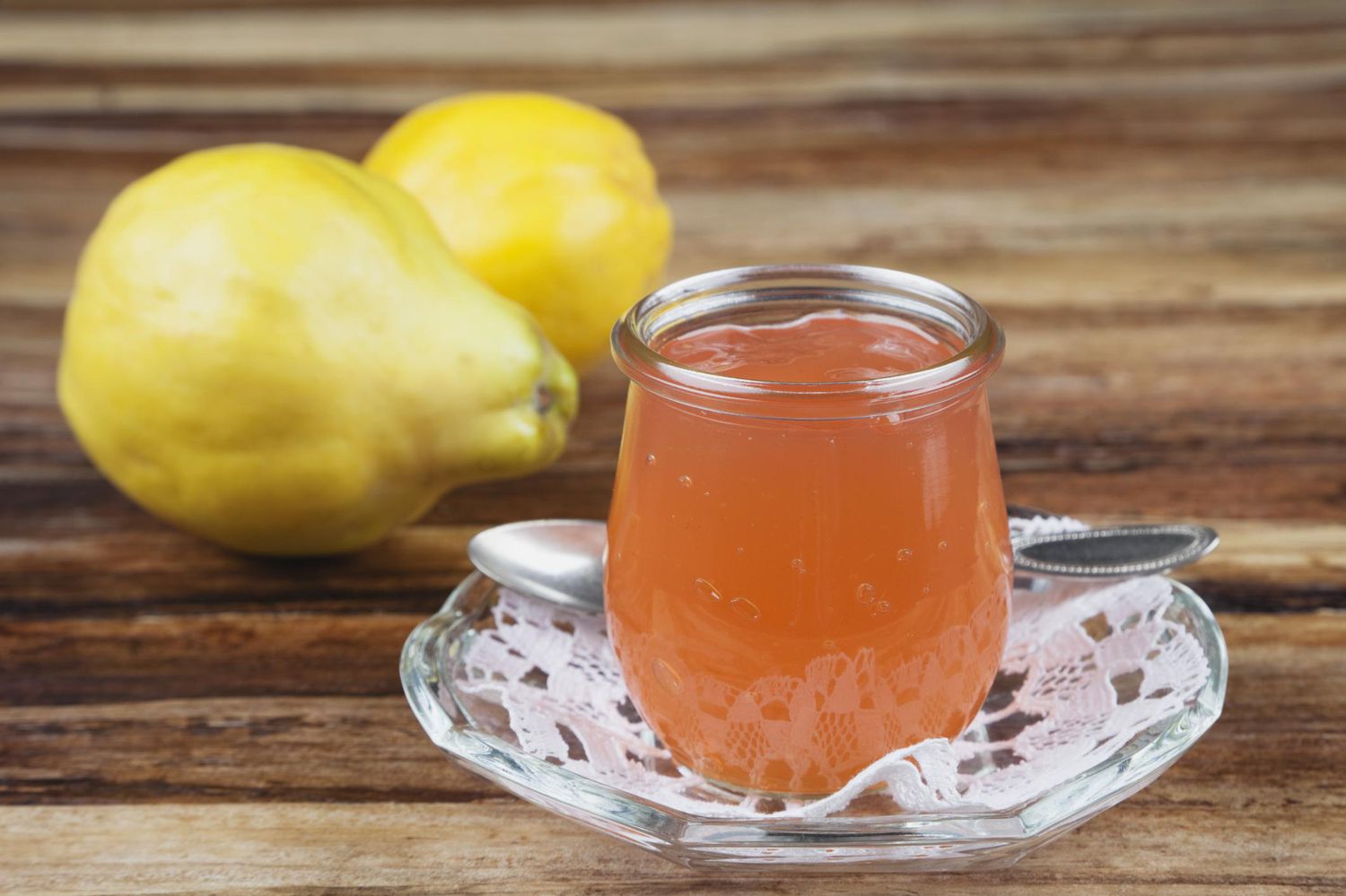The Battle of the Yeasts: Instant Yeast vs Active Dry Yeast
When it comes to baking, yeast is an essential ingredient that helps dough rise and gives bread its fluffy texture. There are two main types of yeast that are commonly used in baking: instant yeast and active dry yeast. While both serve the same purpose, there are some key differences between the two that every home baker should be aware of.
Instant Yeast
Instant yeast, also known as fast-rising or rapid-rise yeast, is a type of dry yeast that is milled into finer particles than active dry yeast. This allows it to dissolve and activate more quickly, making it a popular choice for bread machines and recipes that call for a shorter rise time.
- Does not require proofing
- Can be added directly to the dry ingredients
- Works best for recipes with short rise times
- Has a longer shelf life
Active Dry Yeast
Active dry yeast, on the other hand, needs to be dissolved in warm water before being added to the other ingredients. It has larger granules and requires proofing to ensure that it is still active and alive. This type of yeast is best used for traditional bread recipes that have longer rise times.
- Requires proofing in warm water
- Works best for recipes with longer rise times
- Has a shorter shelf life
Key Differences
Now that we understand the basic characteristics of each type of yeast, let’s take a closer look at the key differences between instant yeast and active dry yeast:
- Activation: Instant yeast does not require proofing, while active dry yeast needs to be dissolved in warm water.
- Rise Time: Instant yeast is best for recipes with short rise times, while active dry yeast is suitable for recipes with longer rise times.
- Shelf Life: Instant yeast has a longer shelf life compared to active dry yeast.
Which One Should You Use?
So, which type of yeast should you use for your baking needs? It ultimately depends on the recipe and the rise time required. If you’re using a bread machine or following a recipe with a short rise time, instant yeast is the way to go. On the other hand, if you’re making traditional bread by hand and have the luxury of time for a longer rise, active dry yeast is the better choice.
Whichever type of yeast you choose, it’s important to store it properly to maintain its freshness and effectiveness. Keeping it in an airtight container in the refrigerator or freezer will help prolong its shelf life and ensure that your baked goods turn out perfectly every time.
Now that you understand the difference between instant yeast and active dry yeast, you can confidently choose the right type of yeast for your next baking adventure. Happy baking!
Was this page helpful?
Read Next: What Is Danish Pastry











